Re-riting Woman
THE PAGAN STUDIES SERIES
SERIES EDITORS
Wendy Griffin (California State University, Long Beach)
and Chas S. Clifton (University of Southern Colorado)

The label Pagan studies marks the movement of scholarly inquiry into a diversity of religious expressions formerly considered new religious movements. The definition of paganism advocated by sociologist of religion Michael Yorkan affirmation of interactive and polymorphic sacred relationships by individual or community with the tangible, sentient, and nonempiricalemphasizes what these spiritual traditions have in common: a feeling for the sacred that is non-monotheistic, based on relationship rather than revelation and scripture, and often includes an immanent dimension for landforms, plants, and animals.
The traditional approach to the study of religions assumes that formal religious traditions are normative, and so misses religious sects that are inherently more fluid and more ambiguous. The approach taken by Pagan studies permits examination of highly dynamic and mutable religious communities within a hypermodern society, and demonstrates the increasing religious pluralism of our times. This shift in perspective will be a welcome addition to the intellectual endeavor to understand and give meaning to a wide variety of religious experience.
The Pagan Studies Series is interdisciplinary in nature and aims to include both junior scholars who seek to turn strong dissertations into publishable monographs and senior scholars who are looking for the kind of attention a small academic press can give their work. The most exciting feature of the series is that it will take the lead in building Pagan studies into a legitimate field by focusing research on this unexplored topic.
BOOKS IN THE SERIES
Researching Paganisms, edited by Jenny Blain, Douglas Ezzy, and Graham Harvey
Her Hidden Children: The Rise of Wicca and Paganism in America, by Chas S. Clifton
Introduction to Pagan Studies, by Barbara Jane Davy
Hidden Circles in the Web, by Constance Wise
Re-riting Woman
Dianic Wicca and the Feminine Divine
KRISTY S. COLEMAN
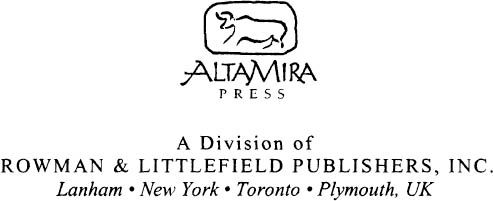
Published by AltaMira Press
A division of Rowman & Littlefield Publishers, Inc.
A wholly owned subsidiary of The Rowman & Littlefield Publishing Group, Inc.
4501 Forbes Boulevard, Suite 200, Lanham, Maryland 20706
http://www.altamirapress.com
Estover Road, Plymouth PL6 7PY, United Kingdom
Copyright 2009 by AltaMira Press
First paperback edition 2010
All rights reserved. No part of this book may be reproduced in any form or by any electronic or mechanical means, including information storage and retrieval systems, without written permission from the publisher, except by a reviewer who may quote passages in a review.
British Library Cataloguing in Publication Information Available
Library of Congress Cataloging-in-Publication Data
The hardback edition of this book was previously cataloged by the Library of Congress as follows:
Coleman, Kristy S., 1960
Re-riting woman : Dianic wicca and the feminine divine / Kristy S. Coleman.
p. cm. (The pagan studies series)
Includes bibliographical references and index.
1. Wicca. 2. Goddess religion. 3. WomenReligions life. I. Title.
BP605.W53C65 2009
299.94dc22
2008047559
ISBN: 978-0-7591-1002-1 (cloth : alk. paper)
ISBN: 978-0-7591-1003-8 (pbk. : alk. paper)
 The paper used in this publication meets the minimum requirements of American National Standard for Information SciencesPermanence of Paper for Printed Library Materials, ANSI/NISO Z39.48-1992.
The paper used in this publication meets the minimum requirements of American National Standard for Information SciencesPermanence of Paper for Printed Library Materials, ANSI/NISO Z39.48-1992.
Printed in the United States of America
In loving memory of my mother, Dell Marjorie Farrell Coleman
Contents
Acknowledgments
My deepest gratitude goes to the many women of Circle of Aradia (CoA) whose interest and assistance in this project made it possible. Each of the personal interviews was unexpectedly an encounter of sincere connection and sharing which profoundly enriched me. These women of the Goddess offered their laughter and their tears, their stories, joys, insights, frustration, and pain. They transformed this academic endeavor into an exceptional personal experience.
I sincerely hope that the women of CoA and Dianics at large will delight in the books contents, both in its advocacy for a religion with such dynamic possibility and in the careful portrayal of hurt and disappointment they shared with me. I hope this book will in some small way bring benefit and encourage Dianics/all women to continue to reach for their deepest desire and self-determined visions.
My greatest appreciation I bestow on Ruth Barrett, whose vision, courage, and strength have kept a radical, alternative religion alive and evolving for decades. It is not easy to be the subject of study, and Ruth bore the task with particular grace and generosity even amidst the difficulty of her physical and emotional transition to a life thousands of miles away from Los Angeles and the CoA community of women. I hope that she and the other women who are CoA will sense the respect and care that I have tried to impart in describing their tradition and in recounting their stories.
This study was a myriad of meaning-filled adventures that truly spoke to the adage of not missing the journey for the goal. While I accomplished my goalthe dissertation and its becoming a bookI embrace those hundreds of tremendous growth moments that I both experienced personally and witnessed in the lives of other women. These were the highlights of the journey.
Luce Irigarays writing has had extensive impact on my perception and thought. Her work brought me to understand the effect of the concept of the feminine Divine on living women and to recognize its erasure as a significant symptom of a larger paradigm. I hope I have relayed some of that meaning adequately here. Irigarays work has my deepest respect.
During the dissertation phase I received tremendous editing assistance from my dissertation chair Cynthia Humes, as well as Kathryn Reuter and Debby Zygielbaum. A number of friends and colleagues have offered suggestions by reading in part or in whole this manuscript through its long gestation. I am grateful for our many conversations which helped me to explore and refine more acutely the ideas presented here. Thanks also to Marcia Beauchamp, Richard Keady, and anonymous others for their fresh eyes and fine grammar. I thank my teacher/mentor-friends Margaret Miles and Zayn Kassam, for their unremitting support and belief in my abilities.
Institutional support came from the publisher of WeMoon Calendar who made it possible for me to spend a summer in Oregon, on womens land. I wrote in the middle of a rain forest to the sound of a babbling brook. My thanks to David Bohannon, who supported my quest for peace during the final revision, and last, but most significantly, to Eileen Geoghegan who taught me once again, we never know who might manifest as a life preserver in the midst of thrashing waves. Eileen provided the ever-magical support of friendship and editing in the eleventh hour, and unquestionably is the midwife of this text.
Lastly, and certainly far from least, I want to express my gratitude to the editors of the Pagan Studies Series, Chas Clifton and Wendy Griffin, for inviting me to join this collection of contemporary scholarship on a topic that, prior to their tireless efforts, received far less attention, support, or credibility within religious studies and at the American Academy of Religion. They read every word, not once, but twice. Their revision suggestions, while painful to embrace at times, resulted in a manuscript of remarkable improvement for which I am grateful (and though perhaps unbeknownst to the readers, they will be as well). Their combined skills and knowledge, whether checking grammar or history, have made this a much improved contribution in the quest to comprehend the significance of the feminine Divine and feminist Dianic Witchcraft.
Next page
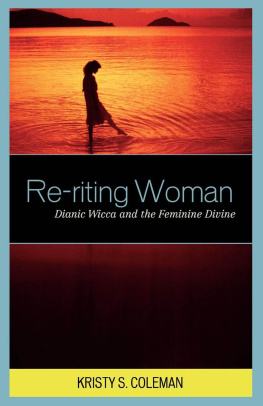

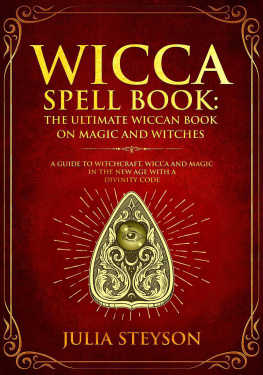
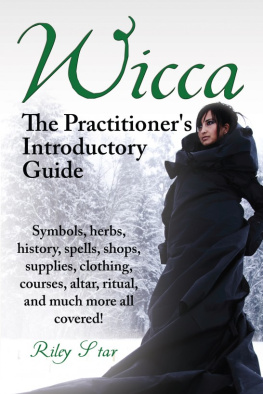
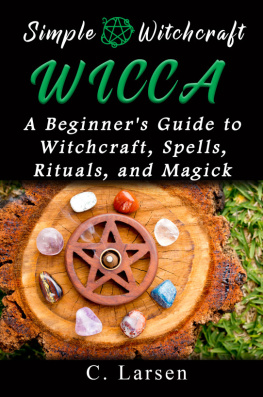
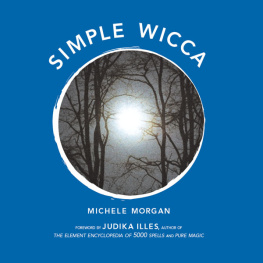
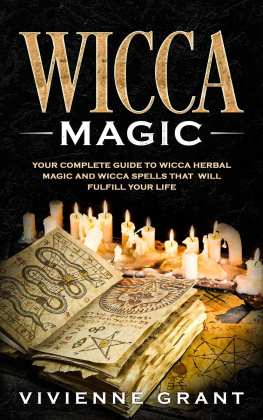
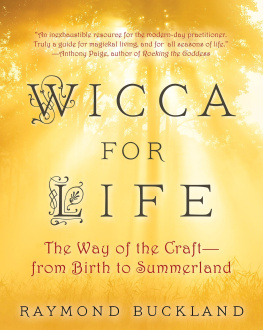

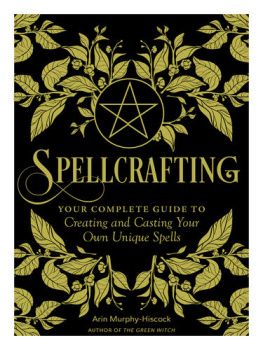
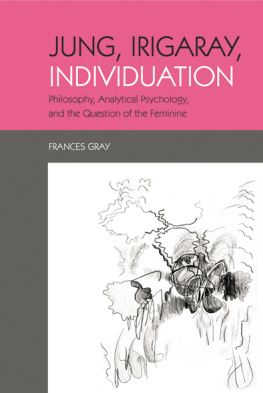
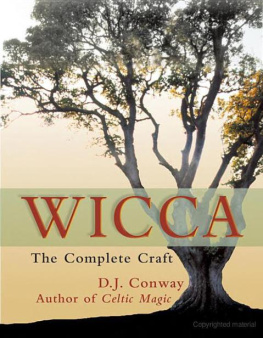


 The paper used in this publication meets the minimum requirements of American National Standard for Information SciencesPermanence of Paper for Printed Library Materials, ANSI/NISO Z39.48-1992.
The paper used in this publication meets the minimum requirements of American National Standard for Information SciencesPermanence of Paper for Printed Library Materials, ANSI/NISO Z39.48-1992.